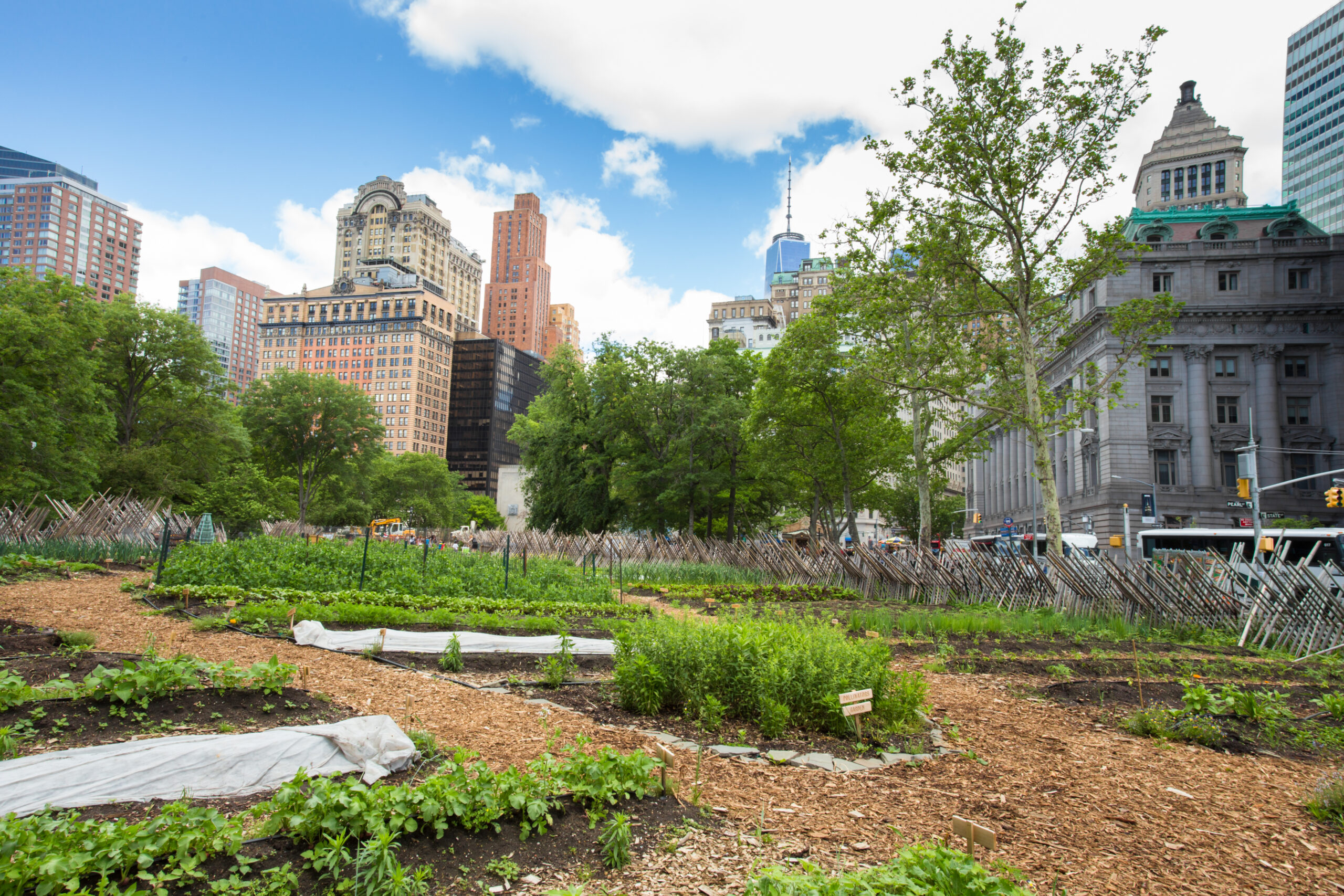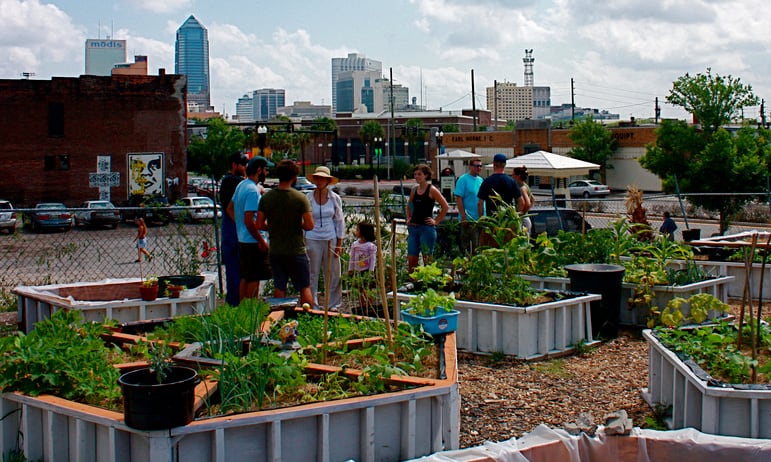City Blooming Things To Know Before You Get This
City Blooming Things To Know Before You Get This
Blog Article
See This Report about City Blooming
Table of ContentsCity Blooming for DummiesThe 5-Second Trick For City BloomingExcitement About City BloomingThe Best Guide To City BloomingCity Blooming for Dummies
Fascinated in expanding food for sale in the City of Chicago? Below is a checklist of often asked inquiries relating to the guidelines and policies that cultivators ought to take into consideration when preparing an urban farming task.
The zoning modification does not customize any various other codes dealing with composting, building permits, acquiring or renting City possessed home, business licenses or environmental contamination. There are existing codes that control these concerns and they stay completely result and may be suitable to your job. Neighborhood gardens are usually possessed or managed by public entities, public companies or community-based organizations and maintained by volunteers.
Urban farms grow food that is intended to be marketed, either on a nonprofit or for-profit basis. Due to their industrial objective, metropolitan farms require a company certificate.
Not known Incorrect Statements About City Blooming
The amount of compost material can not surpass 25 cubic backyards at any kind of given time according to the requirements in 7-28-715 of the City's Municipal Code. Since the soil at most new garden sites requires changing, compost, dirt, timber chips, or other materials can be obtained to build or boost the growing room.

If a building authorization is needed then the hoophouse will be considered an accessory building. You can figure out more concerning the building permit needs by calling the Department of Buildings. The 25,000-square-foot size limit is meant to stop a solitary community yard from controling a provided block or interfering with the block's existing household or industrial character.
The restriction does not apply to yards situated in Public Open Space (POS) districts. Can there be even more than one neighborhood yard that is 25,000 square feet on a single block? Secure fencing is not needed, nonetheless, gardens that have huge parking locations might be required to set up fence or other landscaping functions.
City Blooming for Beginners
B1 & B2 areas need that all business use activities be performed indoors. Is secure fencing needed for city farms? Fencings may be needed, along with landscaping and screening, for certain car parking areas and outside work or storage space areas depending on location and the specific activity taking area.
Yes. Urban farms require structure permits and zoning approvals prior to construction. Various other kinds of city review may be required depending on specific frameworks, tasks, dimension, landscaping, licensing, public health and stormwater monitoring concerns. Many of these demands are identified in the job design or allowing process, however, the candidate may be responsible to individually determine particular licenses or allows that may be called for.
Yes. The kind of license is determined by what is occurring at the website. The Department of Company Affairs and Consumer Defense can help figure out the specific kind of service permit that's required. Yes. Off road vehicle parking is needed for many commercial tasks in Chicago. The required variety of car parking rooms is based on the number of staff members working with site and not the square video footage of the expanding space.
3 Simple Techniques For City Blooming

An urban ranch can sell compost product created on website, nevertheless, the procedure needs to abide with the policies in 7-28-715 of the Chicago Municipal Code. Aquaponic systems are permitted inside your home on city farms in lots of zoning districts.
Up to five hives container and raised bed gardening etc. or swarms of honey might be kept as an accessory use. Beekeepers should register with the Illinois Department of Agriculture. To learn more regarding the suggested zoning change you may contact the Division of Real Estate and Economic Advancement, Bureau of Planning and Zoning at 312.744.8563.
Farming in cities and metropolitan areas An urban ranch in Chicago. Urban agriculture describes different practices of growing. http://prsync.com/city-blooming/, handling, and dispersing food in urban locations. The term likewise puts on the location activities of animal husbandry, tank farming, beekeeping, and horticulture in a city context. Urban farming is identified from peri-urban agriculture, which happens in backwoods beside residential areas.
Some Known Details About City Blooming
, that seek to develop social networks established on a shared values of nature and community holism. These networks can establish by means of formal institutional support, ending up being integrated right into neighborhood community planning as a "transition town" activity for sustainable metropolitan growth.
In either instance, the extra direct accessibility to fresh veggie, fruit, and meat items that may be understood via urban agriculture can enhance food protection and food safety while reducing food miles, leading to lower greenhouse gas discharges, consequently adding to environment adjustment reduction. Several of the initial evidence of city farming comes from Mesopotamia.
Report this page